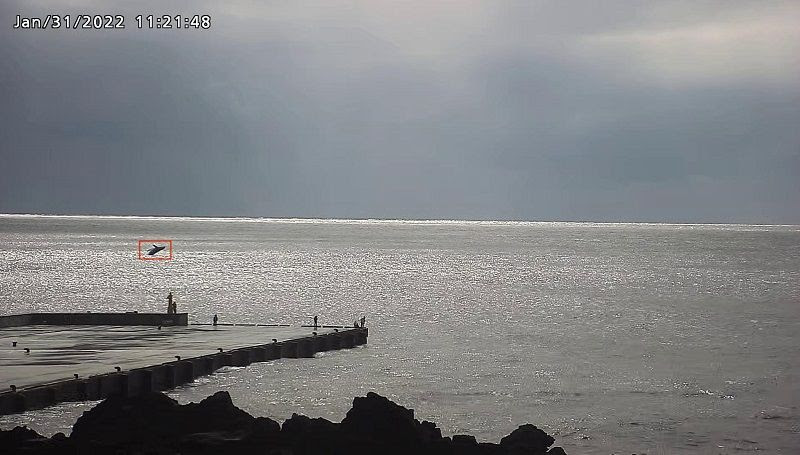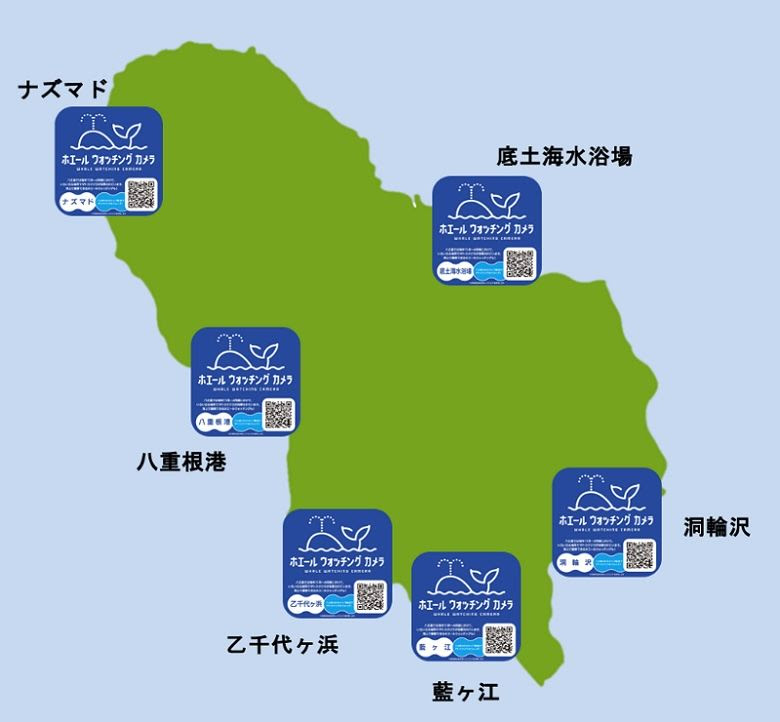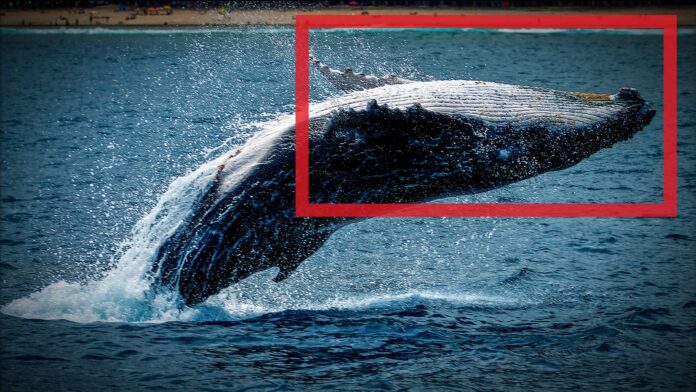Japanese IT company Fujitsu is to deploy an AI model on a set of cameras around Hachijo Island in the Philippine Sea, one of 11 so-called “Tokyo Treasure Islands” about 300 kilometres south of the Japanese mainland, in order to chart the migration of humpback whales, and also to promote tourism. The six-month project, running to the end of October, will see Fujitsu deploy an AI model trained with the migration behaviour of humpback whales on video streams from a number of fixed-point cameras on the island to verify the feasibility of the technology.
The AI will detect whales breaking the surface of the water around the island, and collate, map, and feed-back their live positions and migratory patterns. The existing cameras are deployed ostensibly for disaster prevention purposes. The plan is to use the live data to inform tourists about whales in the vicinity – in the name of “sustainable / ethical tourism”. Fujitsu will use its ‘Kozuchi’ AI / generative AI service – which proclaims “productivity and creativity with high reliability and safety”. Japanese financial group Mizuho, which owns the only bank on the island, is bank-rolling the project as part of a ‘smart island’ initiative.

Its smart island scheme sets out to promote “initiatives including digitalization of government processes and tourism” and “tackle regional issues through the real-world implementation of digital technology”. Mizuho Research & Technologies handling “other measures related to smart island creation”. The project is also part of the municipal government’s “Tokyo Treasure Island Sustainable Island Creation Project.” The group of islands in the Izu archipelago, and also the Fuji-Hakone-Izu National Park, are known as ‘Tokyo Treasure Islands’.
Hachijo Island, a protected sub-tropical nature reserve and a former World War II submarine base, measures 63 square kilometres, and is home to around 7,500 inhabitants; its primary industries are sugarcane and tourism. A statement said: “The project marks an important milestone in efforts to make Hachijo Island a smart and sustainable island. This project aims to conserve and allow for residents and visitors alike to enjoy Hachijo Island’s precious natural resources.” The six-month period will be extended if the project is successful.
A statement said: “The humpback whale symbolises the richness and diversity of Hachijo Island’s precious natural environment. Mizuho has been collaborating with Hachijo Town and Tokyo University of Marine Science and Technology in conducting ecological research, supporting the introduction of digitalization to promote tourism. In particular, Mizuho continues to support field trials to better understand trends of humpback whale migration using AI image recognition technology, which obtains video data from fixed-point cameras.”


